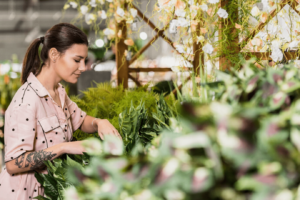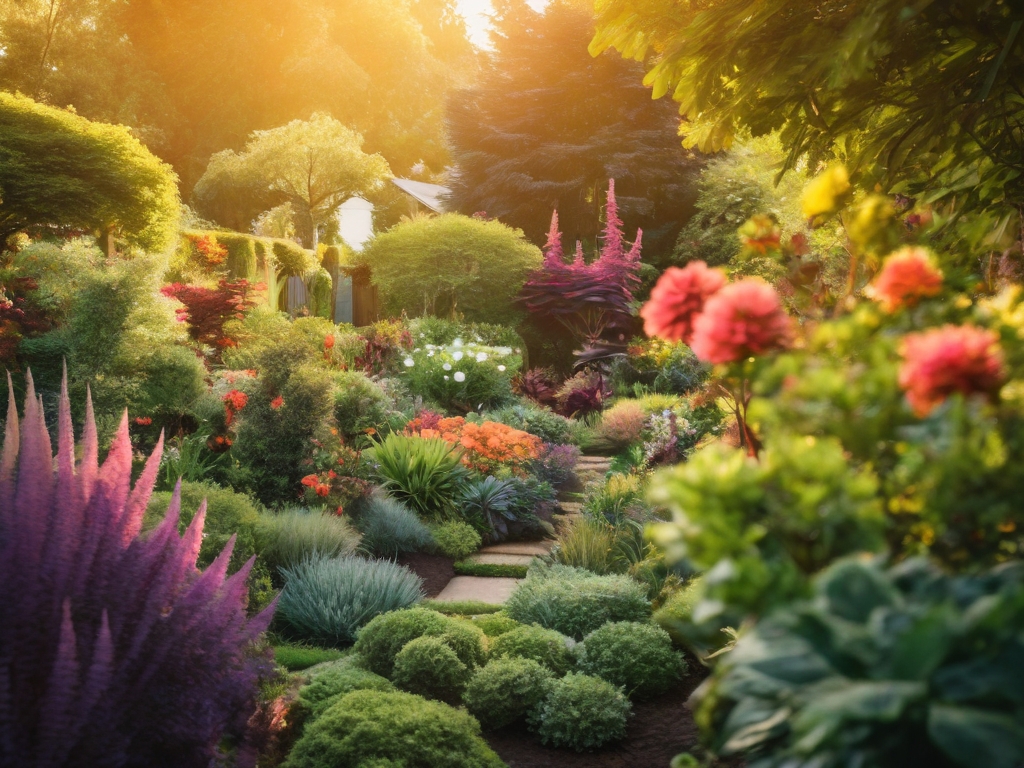



Monstera plants, often referred to as “Swiss Cheese Plants” due to their unique, perforated leaves, have become a staple in modern home decor. Their large, dramatic foliage not only adds a touch of nature to indoor spaces but also serves as a striking focal point in any room. As more people embrace the beauty of indoor gardening, Monstera plants have surged in popularity, finding their way into homes and offices worldwide. However, to keep these majestic plants thriving, proper care and styling are essential. This article will guide you through everything you need to know to care for and style your Monstera.
Monstera plants originate from the tropical rainforests of Central and South America, where they grow as epiphytes, climbing up trees in search of sunlight. The most well-known species is Monstera deliciosa, recognized for its large, split leaves, but there are several other varieties, including Monstera adansonii and Monstera obliqua, each with its own unique characteristics.
The iconic split or fenestrated leaves of the Monstera serve a practical purpose in the wild, allowing light to pass through to the lower leaves and reducing the impact of heavy rainfall. In your home, these leaves are not just functional but also visually captivating, making Monstera a beloved plant among indoor gardeners.

Light Requirements Monstera plants thrive in bright, indirect light. Too much direct sunlight can scorch the leaves, causing them to turn yellow or brown, while too little light can slow growth and reduce leaf size. Ideally, place your Monstera near a window where it can receive plenty of indirect sunlight.
Watering Watering is crucial for maintaining a healthy Monstera. Generally, you should water your Monstera once the top inch of soil feels dry to the touch. Overwatering can lead to root rot, which is one of the most common problems faced by Monstera owners. Signs of overwatering include yellowing leaves and a musty smell from the soil. On the other hand, underwatering can cause the leaves to droop and curl. Ensure that your Monstera is planted in well-draining soil and that excess water can escape from the pot.
Soil and Fertilization Monstera plants prefer a well-draining, peat-based potting mix that retains some moisture without becoming waterlogged. You can improve drainage by adding perlite or orchid bark to the soil mix. Fertilize your Monstera during the growing season (spring and summer) with a balanced, water-soluble fertilizer every 4-6 weeks. Be cautious not to over-fertilize, as this can lead to a buildup of salts in the soil, which may harm the plant.
Temperature and Humidity Monstera plants thrive in warm, humid environments, similar to their natural tropical habitat. They prefer temperatures between 65-85°F (18-29°C). To increase humidity, especially in dry indoor environments, you can mist the leaves regularly, place the pot on a tray filled with pebbles and water, or use a humidifier. Monstera plants are sensitive to cold drafts, so keep them away from windows or doors that may expose them to chilly air.

Pruning and Maintenance Regular pruning helps maintain the shape of your Monstera and encourages healthy growth. Use clean, sharp scissors or pruning shears to trim off any dead or yellowing leaves. You can also prune to control the size of your Monstera if it becomes too large for its space. Additionally, it’s essential to clean the leaves regularly with a damp cloth to remove dust, which can block sunlight and reduce the plant’s ability to photosynthesize.
Choosing the Right Pot The pot you choose for your Monstera should provide adequate space for the roots to grow. Consider using a pot with drainage holes to prevent water from accumulating at the bottom. Terra cotta pots are a popular choice for Monstera plants as they allow excess moisture to evaporate, reducing the risk of overwatering.
Placement in the Home Monstera plants can make a statement in any room, but they thrive best in spaces with plenty of natural light. Place your Monstera near a bright window in your living room, bedroom, or even bathroom, provided the humidity levels are high. Avoid placing the plant in direct sunlight, which can cause leaf burn.
Using Monstera as a Statement Piece Monstera plants are often used as statement pieces in interior decor due to their large, bold leaves. They pair beautifully with minimalist furniture, adding a touch of greenery to an otherwise neutral space. You can also place your Monstera in a decorative pot or basket to enhance its visual appeal. For a more dramatic effect, consider using your Monstera as part of a plant cluster, combining it with smaller plants in complementary pots.
Yellowing Leaves Yellowing leaves can be a sign of several issues, including overwatering, nutrient deficiency, or inadequate light. If you notice yellow leaves, assess your watering routine and ensure your Monstera is receiving enough light. It may also be helpful to check the soil for signs of nutrient depletion and consider fertilizing if necessary.
Pests Monstera plants can be susceptible to common pests such as spider mites, mealybugs, and scale insects. Regularly inspect your plant for any signs of pests, such as tiny webs, sticky residue, or small, discolored spots on the leaves. If you do find pests, treat your Monstera with insecticidal soap or a neem oil solution to eliminate the infestation.
Slow Growth If your Monstera is growing slowly, it could be due to insufficient light, improper watering, or a lack of nutrients. Ensure that your Monstera is placed in a well-lit area and that you are following a consistent watering and fertilization schedule. If growth remains slow, consider repotting the plant into fresh soil to provide more room for the roots to expand.
Monstera plants are truly majestic, with their striking foliage and impressive size. With the right care and styling, they can thrive in your home, adding a touch of tropical elegance to any space. By understanding their needs and incorporating them into your decor thoughtfully, you can enjoy the beauty of Monstera plants for years to come. Whether you’re a seasoned plant enthusiast or a beginner, the Monstera is a rewarding addition to any plant collection.





